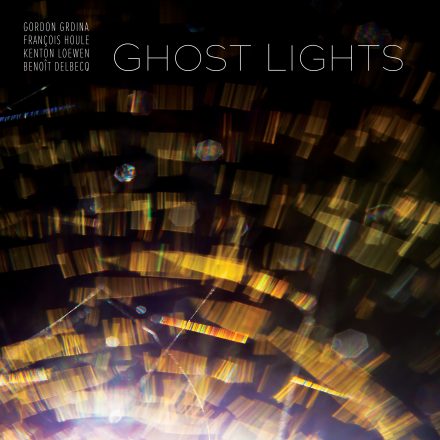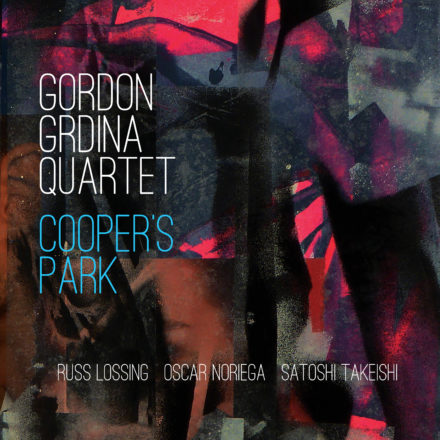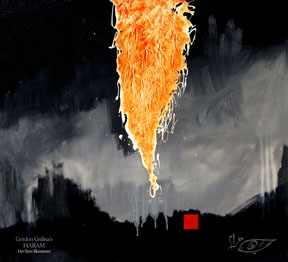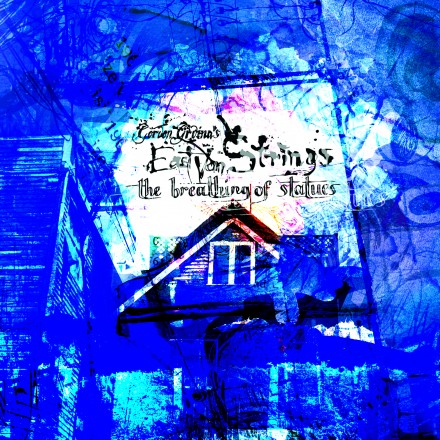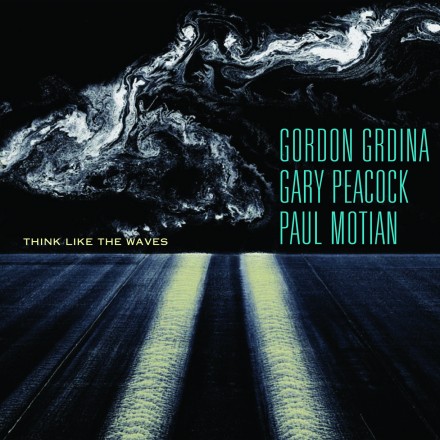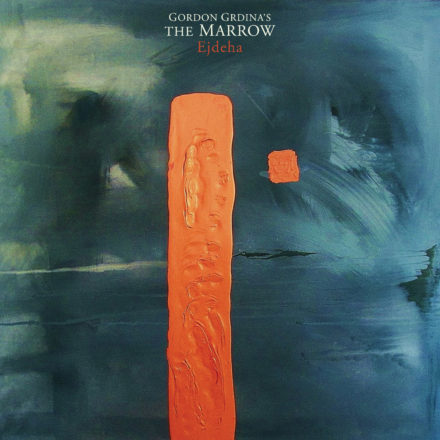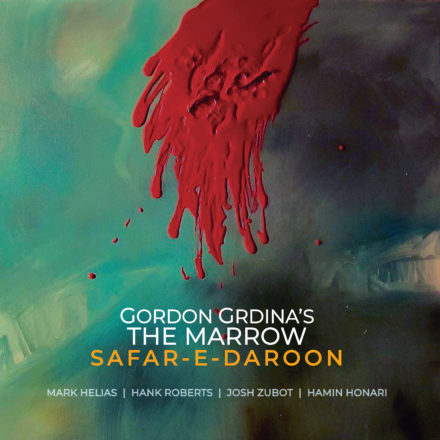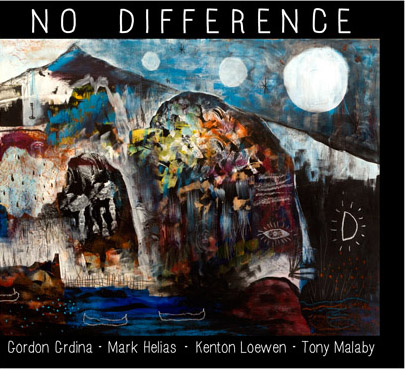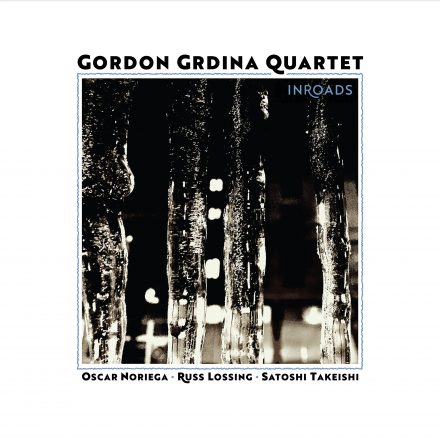Gordon Grdina / François Houle / Kenton Loewen / Benoît Delbecq
Ghost Lights
SGL 1621-2“The threesome navigated through a wider landscape of sound with meandering lyrical passages, encircling eerie plateaus and sudden about-turns into wild abysses triggering raucous rides and accumulation of sound that went hazy and eventually dissolved…”
– Henning Bolte, AllAboutJazz, (reviewing a performance of Grdina/Houle/Loewen at Jazztopad 2016)
But when they added Benoît Delbecq the music became something else again. François Houle explains: “As Benoît and I were looking at opportunities for the duo [established in 1996], Ken Pickering [Vancouver jazz festival artistic director] suggested we merge this with the trio collective [formed in 2014, though its members have been performing in different Grdina groups since around 2004]. Knowing how Benoît’s playing fits into so many different configurations, I thought this would work nicely. I suggested he bring his bass station to augment the lower end of the quartet.” Two performances at the 2015 festival led to a return engagement in 2016 followed by a day in the studio. “The whole session unfolded quite spontaneously, with hardly any discussion between takes. Gord suggested we play my piece ‘Soro’ as he knew Benoît’s affinity for African rhythms in his piano approach. Benoît brought out “Broken World”, written shortly after the terrorist attack at the Bataclan in Paris. We tried it and found it to be a beautiful, haunting piece. The rest was completely improvised, and took us into the most unexpected musical spaces, with generous room for all to participate in the music making.” The longest take (not on the record) went on for 31 minutes!
So this is music that takes its time, as Benoît notes: “It’s music with slow motion, with nothing spectacular or demonstrative. But delicate…We let the flow of improvisation be at play and it held us in a creative mode…I think the strength comes from the collective aspect of the craft. This is why I play music – to share some states of grace with my peers; it’s an incredible feeling to experience a common way to conceive sound fabrics collectively.” François agrees: “It speaks to the really broad scope of experiences by this collective. We can move from one musical state to the next with seemingly little effort, while trusting that the others will not only anticipate the next move, but also pave the way for this to happen at any given moment.”
In music like this, texture is as important as structure, and electronics play their role in Gord’s playing, which features rich-sounding octave-doubling. François uses loopers to similar effect: “I’m interested in opening up the vertical range of the clarinet and treating it as a chordal instrument rather than a monophonic one. I consider my work with loops a sort of extension of my playing with two clarinets simultaneously.” Benoît doesn’t employ his looping software here, but his bass station has its own sensuous sine waves and filters: “It’s just a basic (two oscillators) analog synth made by Novation in the early 90s. I mostly use it in the lower register and I love the feel of it. I’ve always liked the mixture of electronics and ‘bio’ sounds such as prepared piano or regular piano…What I like in how the guys play is that we all sound like we’re processed even when we might not be using electronics, because our concern for sound production is very advanced.”
“Waraba” is dedicated to the late bassist (and kora and sanza player) Jean-Jacques Avenel, whose 2004 west African jazz release on Songlines, Waraba, Benoît produced. Benoît started working with JJ in 1998, and JJ was a member of the trio Delbecq 3 The Sixth Jump from 2008 until his death. “Anyone who played with Jean-Jacques and shared his love for African music has been deeply imprinted by JJ’s joy, expertise, and world-class musicianship…I still feel his presence when I play, and when I vamp layers on the prepared piano I could keep going forever, like Manding musicians who have another idea of time and duration in music…All of us in this band are strongly related with traditional music from all continents, and the momentum of the music we played found itself naturally.”
“Waraba” ends the record on a hopeful and almost joyous or at least somewhat peaceful note, but the music has moved though many other spaces to get there. The aesthetic is liminal: music that’s on the verge of becoming something else, crossing boundaries that are undefined and intuitive. This applies to the subtle way instruments and instrumental lines merge and separate, the range of harmony/atonality, rhythmic and energetic aspects (from near-stasis to turbulence), different emotional resonances – and finally the way the music engages the listener’s attention in a play of foreground/background, active listening and trance-like immersion.
